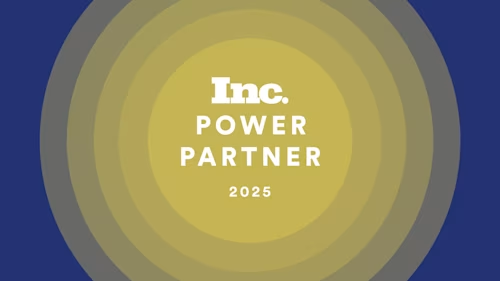
How the U.S. Department of Defense Can Transform Low-Complexity, High-Volume Agreements
Digital transformation in public sector agreements often begins with non-negotiated agreements, which are forms that don’t require modification after submission

Our military is a microcosm of American life. The U.S. Department of Defense (DoD) operates parallel complex systems for healthcare, retail, housing, education, legal services and more to make life within the armed services—overseas and at home—as seamless as possible for service members and their families.
It is a vast enterprise focused on:
Making the right technology investments and transforming its future force
Strengthening the resilience and adaptability of the defense ecosystem
Taking care of its people and cultivating the necessary workforce
Addressing institutional management priorities
Agreements are required throughout the DoD ecosystem to achieve its priorities and maintain operations. These agreements come in all shapes and sizes, including authorizations, correspondence and request forms. To best meet the mission, defense agencies ultimately require speed, security, accuracy and convenience in these agreements and their related processes.
However, as a massive enterprise serving countless needs, the DoD often faces significant challenges implementing or deploying standardized modernization initiatives. Much of the challenge results from manual processes and outdated legacy IT systems.
For example, within DoD there are currently 4,500 unique forms, some of which are paper-only and others that Docusign has identified as “DINOs” (digital-in-name-only forms). DINOs are publicly available PDFs that need to be downloaded and printed, filled in and signed, and then scanned before uploading or emailing. The inefficient manual processes inherent with DINOs create additional friction for end-users and are more error-prone.
The low-complexity, high-volume agreements
Innovative departments and commands within DoD have started to transform some of these 4,500 unique forms, each being processed thousands of times per day, to drive better experiences and create a more resilient force.
The transformation often begins with non-negotiated agreements, which are forms that don’t require modifications after submission; they are either rejected or approved and then signed. Non-negotiated agreements are high in volume but low in complexity.
The following is a sample of the most frequently processed non-negotiated DoD forms:
Requests for Leave
Requests for Personnel Action
Counseling Forms
Award Recommendations
Hand Receipts
Making these forms digital and accessible online is a big first step. However, to tangibly transform the service member’s experience, the form must also be digitally fillable, signable and searchable. With that in mind, the Request for Leave form is an ideal early candidate for transformation.
How to streamline these agreements
How many times have you received a completed form but had to return it because a section was incorrectly filled out or accidentally skipped?
Docusign enables a step-by-step guided experience to help signers easily complete long or complex forms by posing questions that adapt based on the signer’s previous responses. This eliminates the need for manual, in-person data entry. Instead, service members can complete the form from anywhere using their computer or mobile device with Docusign SMS delivery.
To validate the signer’s identity, Docusign supports many types of authentication—including Common Access Card (CAC) and Personal Identity Verification (PIV) smart cards—as a verified signature, which provides identity reassurance for the command. Removing the friction of signing and manually processing these documents creates a better user experience for service members and administrators.
Once the completed and signed form is submitted, administrators can now build a digital repository of completed forms. This allows employees to easily reference, search, and review documents and also creates a secure audit trail to satisfy the strictest compliance mandates.
Previously, a low-complexity, high-volume use case like the Request for Leave form would typically take days to complete. However, now it can be turned around within hours, establishing transparency and enhancing overall efficiencies throughout the DoD.
Additionally, modernizing a single form and its processes can pave the way for larger-scale integrations and IT modernization efforts.
About Docusign solutions for Defense
Docusign helps defense agencies focus on maintaining readiness instead of paperwork and deliver a better warfighter experience, reduce costs and streamline processes. Docusign serves over 5,000 local, state, and federal public sector organizations—and over a billion users globally.
The U.S. DoD operates one of the world’s largest and most complex sets of networks and tech-stacks. Docusign has more than 400 pre-built integrations that can help optimize DoD’s existing investments and drive productivity.
Docusign eSignature and Docusign CLM are authorized at the FedRAMP Moderate Impact Level and Defense Information Systems Agency (DISA) has granted Docusign a Provisional Authorization for Impact Level 4 (IL-4).
To see how Docusign is streamlining operations and helping to create a resilient, joint force, learn more about Docusign for the Public Sector.
Related posts
Docusign IAM is the agreement platform your business needs




